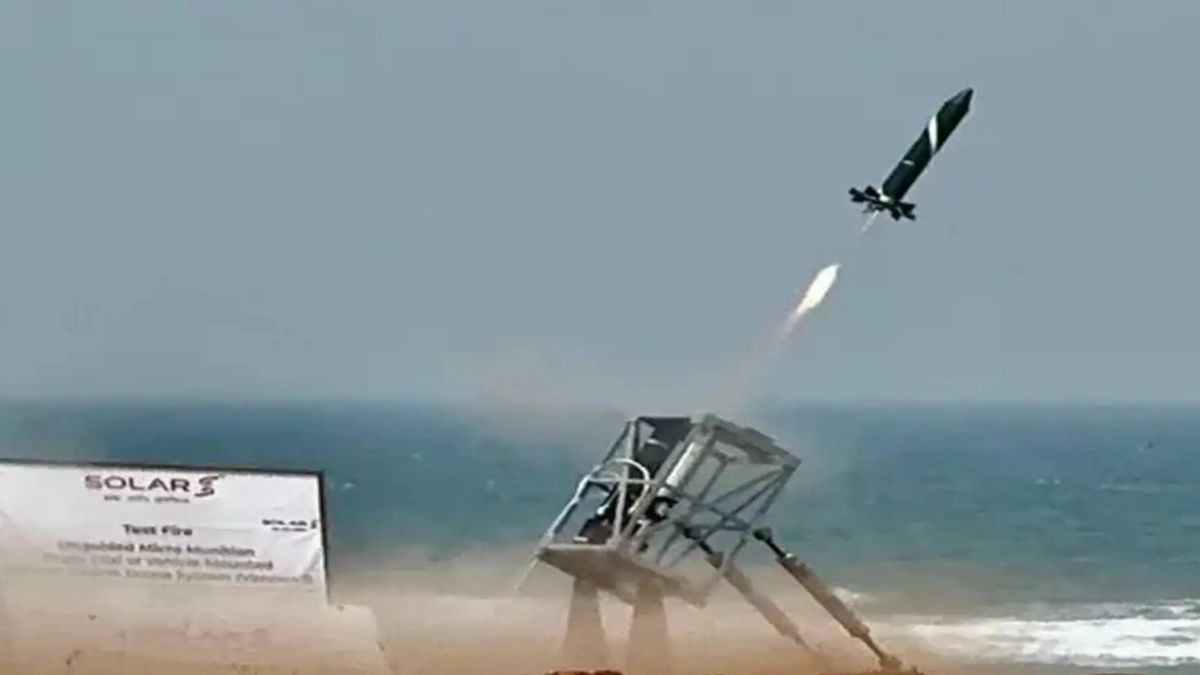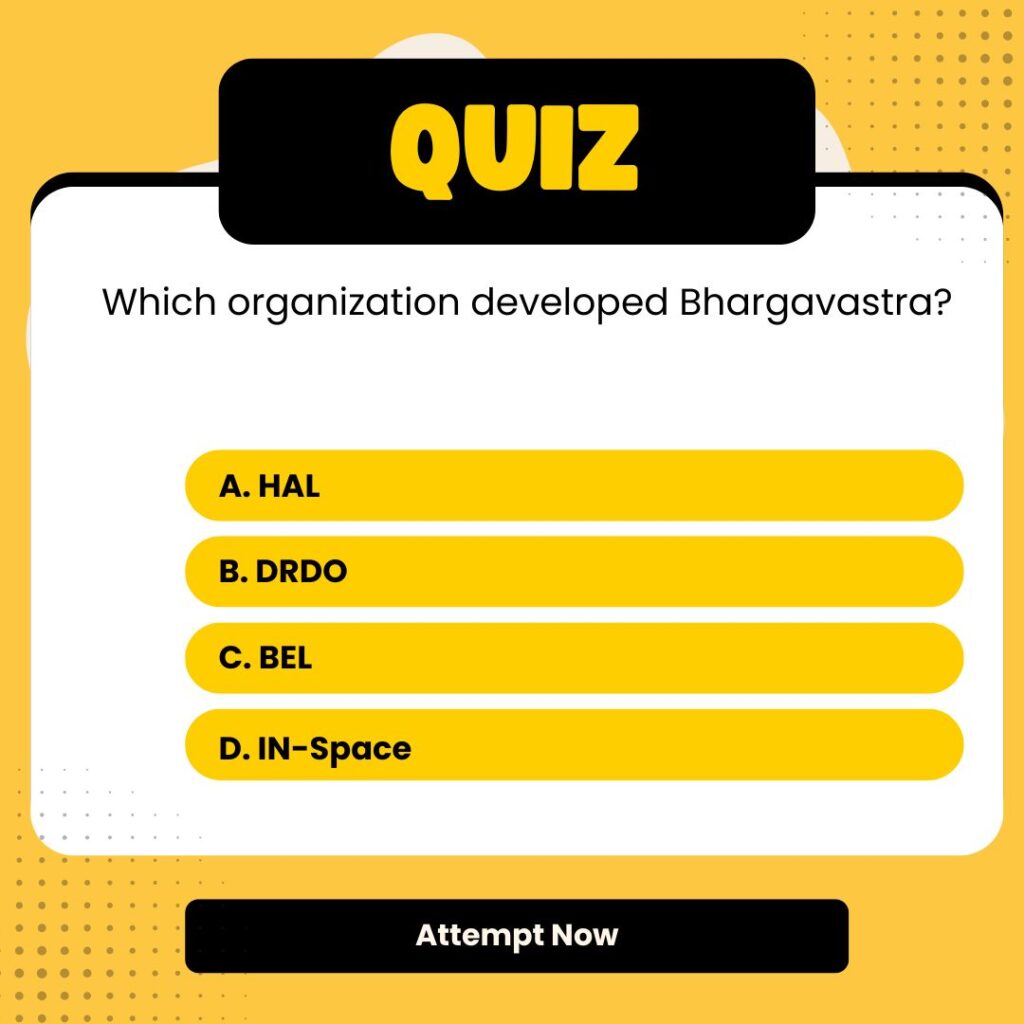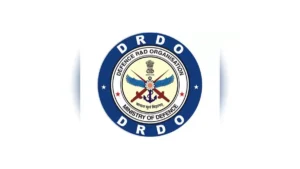India has successfully test-fired Bhargavastra, an indigenous advanced weapon system designed to counter the increasing threat of drone swarms in modern warfare. Developed by Solar Defence and Aerospace Limited (SDAL), Bhargavastra integrates hard-kill and soft-kill technologies, allowing precise targeting and neutralization of enemy drone swarms. This multi-layered system marks a significant enhancement in India’s defence capabilities, especially in protecting critical infrastructure and military installations.
Why in News?
The test firing of Bhargavastra comes at a crucial time when drone swarms are becoming a dominant feature in battlefield strategies worldwide. With recent hostile drone incursions reported near India’s borders, especially from Pakistani-operated drones, India’s indigenous solution reflects its readiness to tackle evolving aerial threats. The successful trial demonstrates India’s technological edge and commitment to strengthening national security.
Aim and Objectives
- To develop an indigenous system capable of detecting, targeting, and neutralizing hostile drone swarms.
- To integrate hard-kill and soft-kill methods to ensure versatile defence against drones.
- To provide a mobile, adaptable system deployable across varied terrains, including high-altitude regions.
- To enhance India’s network-centric warfare capabilities by enabling near-simultaneous engagements.
Background
- Drone swarms consist of multiple drones operating in coordination, often leveraging artificial intelligence (AI) for autonomous mission execution.
- These swarms pose complex threats by attacking from multiple directions, including the use of decoy drones to confuse defenders.
- Pakistan has reportedly used Turkish-made Kamikaze drones targeting Indian military sites, highlighting the urgent need for advanced counter-drone systems.
Features and Specifications
- Hard-kill mode: Employs unguided micro rockets with a lethal radius of 20 meters, capable of neutralizing swarms up to 2.5 km away.
- Guided micro-missiles: For precision strikes on high-value targets within drone swarms.
- Soft-kill methods: Includes jamming and spoofing technologies to mislead enemy drones and divert attacks.
- Detection: Radar range between 6 to 10 km, combined with EO/IR (Electro-Optical/Infrared) sensors to detect low radar cross-section drones.
- Mobility: Configurable modular system adaptable to mission requirements and terrains, including difficult high-altitude areas.
- Fully compatible with existing network-centric warfare systems.
Significance
- Marks a major step in self-reliant defence technology for India.
- Enhances protection of strategic military assets and infrastructure from advanced aerial threats.
- Improves battlefield situational awareness and rapid response to coordinated drone attacks.
- Reinforces India’s capability in modern warfare dominated by emerging drone technologies.
| Summary/Static | Details |
| Why in the news? | India Successfully Tests Bhargavastra: Indigenous System to Counter Drone Swarms |
| System Name | Bhargavastra |
| Developed by | Solar Defence and Aerospace Limited (SDAL) |
| Purpose | Counter drone swarms with hard-kill and soft-kill methods |
| Hard-kill Range | Micro rockets with 20-meter lethal radius, range up to 2.5 km |
| Soft-kill Capability | Jamming and spoofing enemy drones |
| Detection Range | Radar: 6-10 km; EO/IR sensors |
| Deployment | Mobile, modular, suitable for all terrains including high altitudes |
| Strategic Importance | Boosts India’s defence against drone threats, network-centric warfare integration |




 Indian Navy to Commission First Indigeno...
Indian Navy to Commission First Indigeno...
 Rajnath Singh Inaugurates 125 Border Inf...
Rajnath Singh Inaugurates 125 Border Inf...
 DRDO Transfers Seven Indigenous Technolo...
DRDO Transfers Seven Indigenous Technolo...







